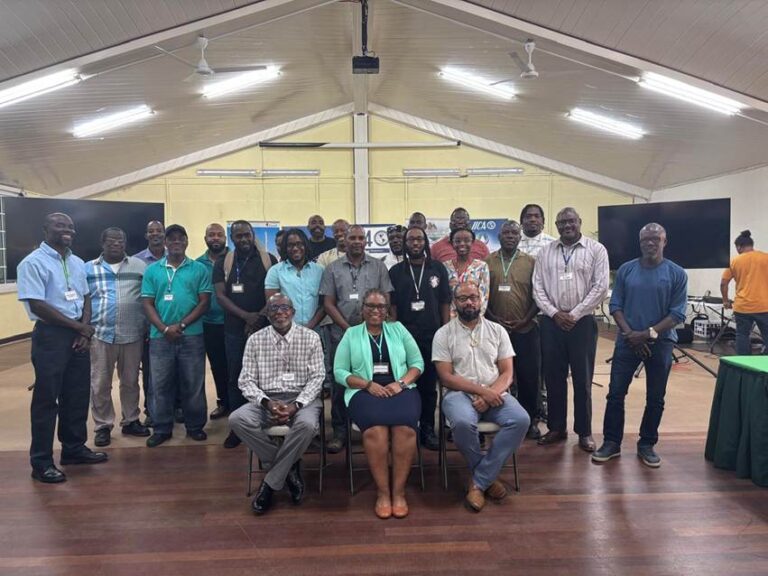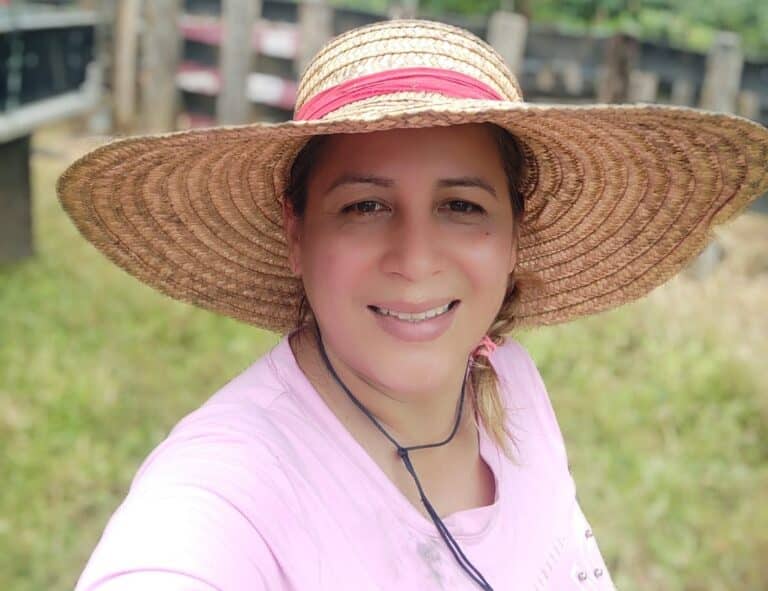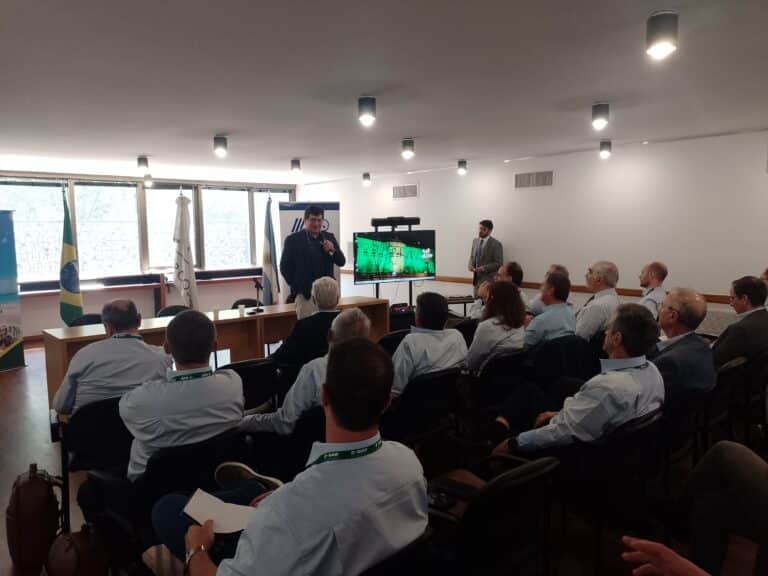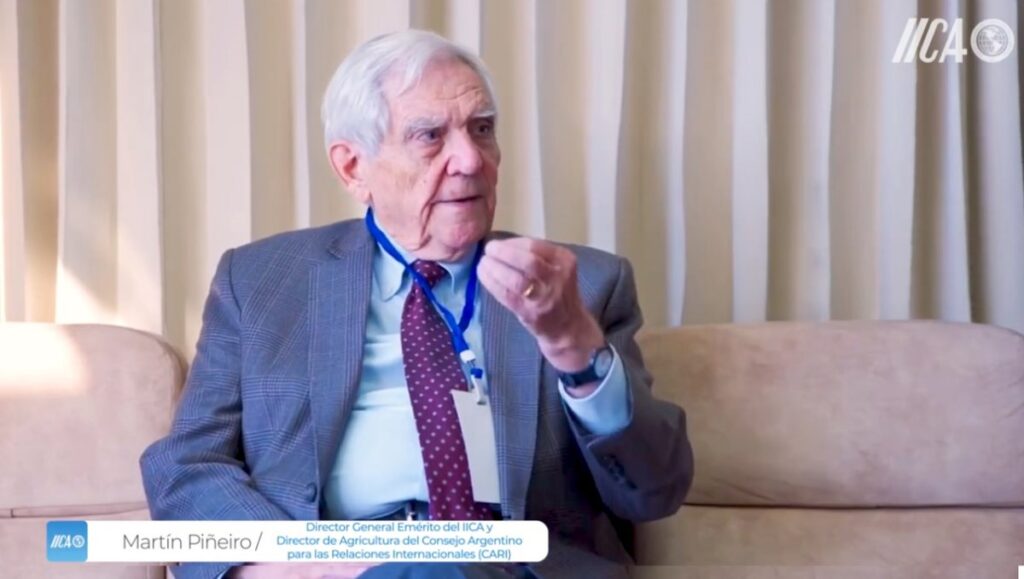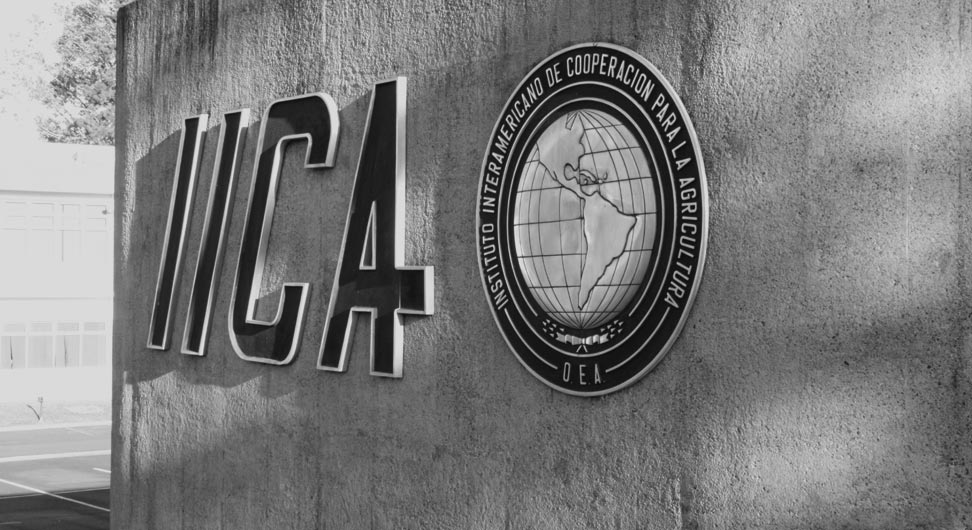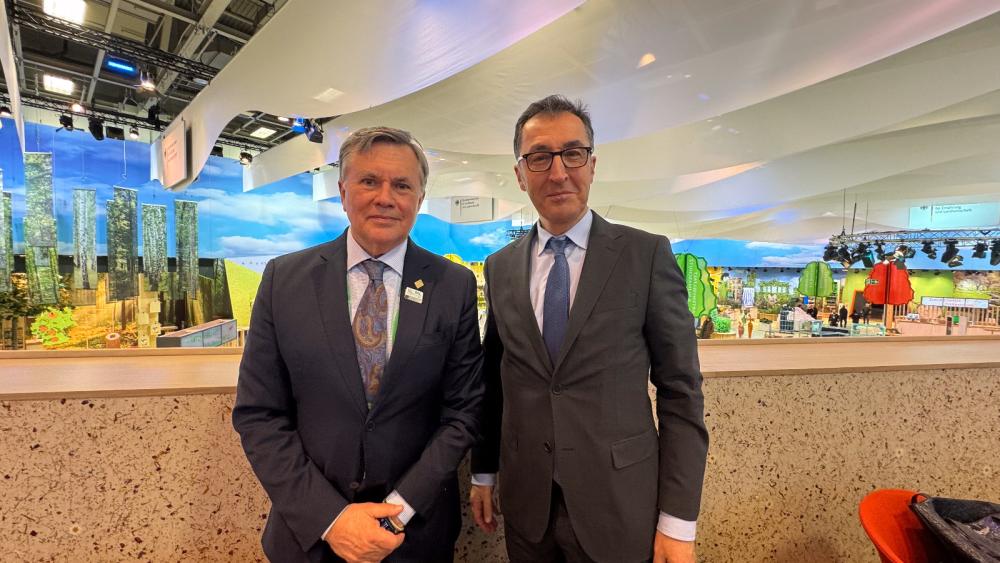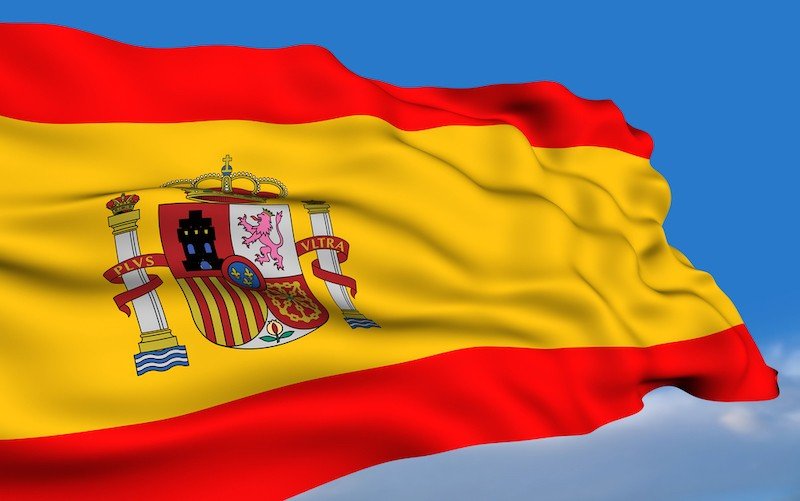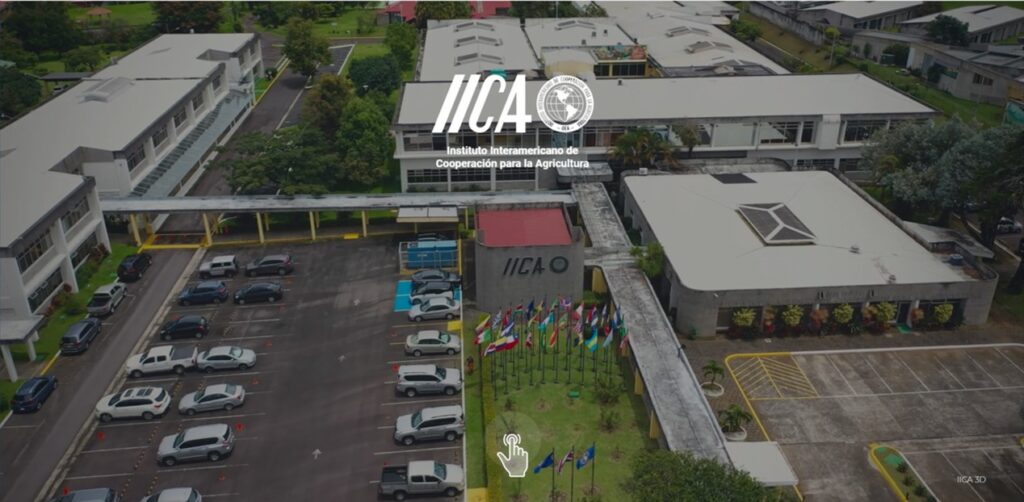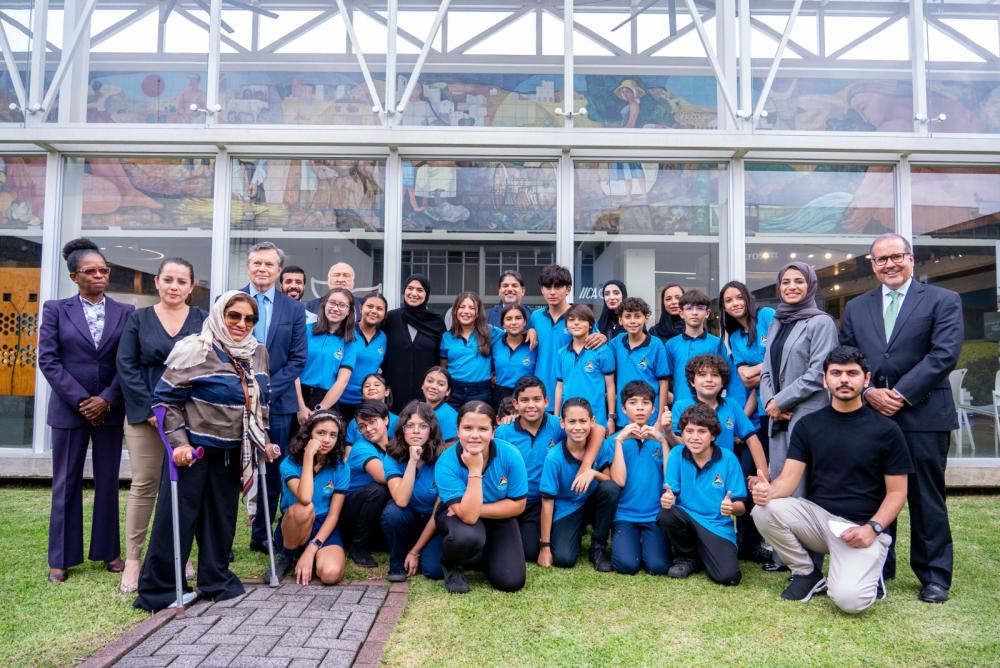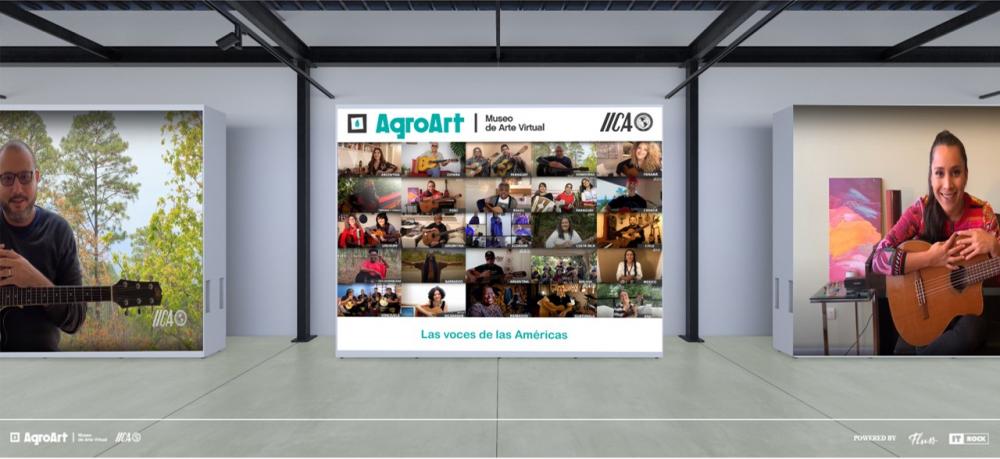
“My work consists of tracking these spaces, these landscapes, and studying them, both behind a desk and in the field, to better understand not only nature and biodiversity but also local culture”, Claudio Bertonatti.
San José, March 17, 2025 (IICA) – For years, Argentine educator Claudio Bertonatti has traveled across Latin America’s natural landscapes, from jungles and plains to small plantations that he describes as the “deep rurality,” working to conserve both nature and cultural heritage. Now, he joins the list of distinguished individuals who have been recognized as “Leaders of Rurality of the Americas” by the Inter-American Institute for Cooperation on Agriculture (IICA).
Bertonatti is a passionate conservationist, as well as an expert in museology, environmental management, and historic botanical gardens. A researcher at the Center for Natural, Environmental, and Anthropological Sciences at Maimónides University and a scientific advisor to the Azara Foundation, he does not shy away from controversy when the opportunity arises.
In March 2016, he caused a stir in Argentina when he declared that “it is wrong to believe that a vegan diet does not kill any animals.” In an interview with a Buenos Aires newspaper, he explained that vegetarian or vegan diets require intensive crop production, often over vast areas.
“To develop a crop, one must displace the natural environment that occupies that land, wild habitats or ecosystems,” he stated at the time. “A vast diversity and number of animals live there. Modifying or altering that environment results in the death of thousands of animals.”
Bertonatti has a broad perspective—sharp when necessary—especially when it comes to explaining life in the countryside and nature. “The majority of people worldwide, more than 50 percent,” he notes, “live in cities and towns, far from natural, wild, or rural landscapes.”
This distance, he emphasizes, is “not only physical or geographical; it is also an intellectual, emotional, and rational detachment that has many disadvantages. Urban dwellers fail to recognize the values of rurality and the vital functions that wild ecosystems provide, such as goods and services essential for our survival.”
According to Bertonatti, this disconnection leads many urban inhabitants to “no longer see themselves as part of nature, or to believe that wild, rural, or untamed spaces are separate from us, as if we were not all part of the same evolutionary process.”
“My work,” says Claudio, “involves tracking these spaces and landscapes, studying them both at the desk and in the field—not only to better understand nature and biodiversity but also local culture.” But landscapes,” he warns, “are not just nature; they are nature and culture, a culture that urban society often ignores.” This includes traditions, crafts, local cuisine, and ways of working.
After completing his academic and field research, Bertonatti teaches classes to “share what I have learned from rural people. These are individuals who may not read or write well but who hold a doctorate in what I would call the ‘university of the countryside’—people who have accumulated knowledge over generations, knowledge that is often overlooked or undervalued in academic circles.”
“Sometimes,” he reflects, “rural people consider themselves poor because they lack material wealth. But if we look closely at all they have, we see they are rich in a way that cannot be measured economically.”
When asked what biodiversity, rural landscapes, and traditional knowledge mean, the naturalist asserts that they represent “nothing less than the identity of the peoples.” This identity, he adds, can translate into “good practices in agriculture and livestock farming,” led by “local communities, who are the main allies and protagonists in conserving landscapes that are often threatened when globalization and urbanization impose their criteria.”
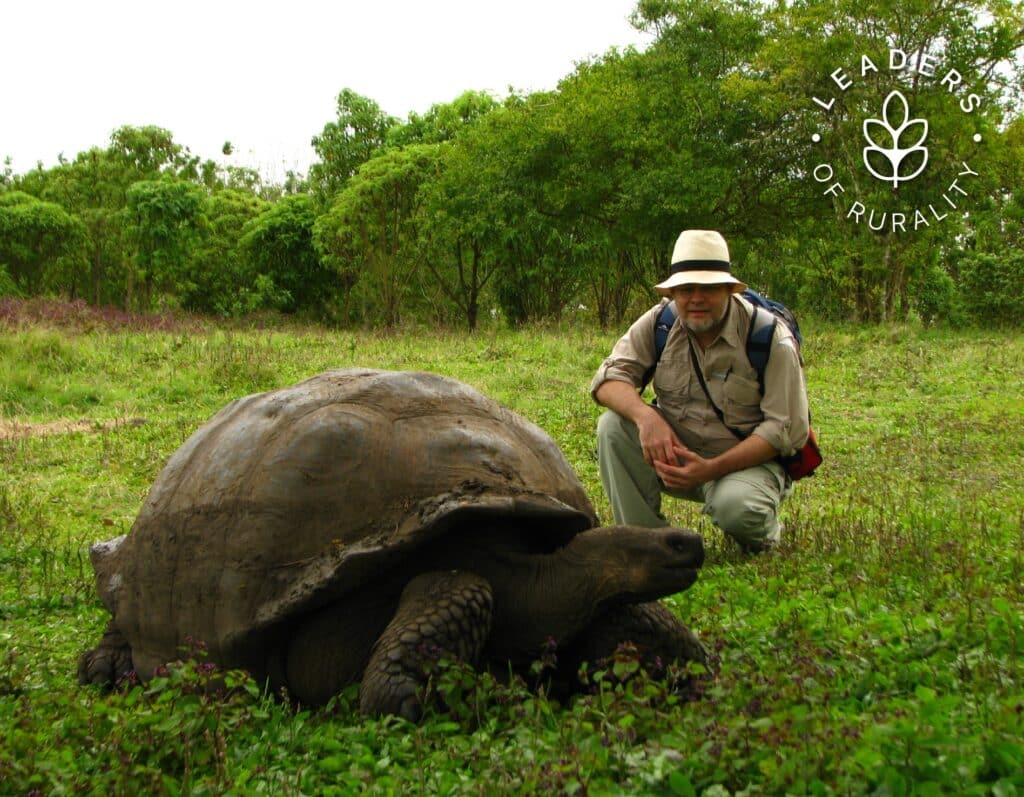
Claudio affirms that it is necessary to work from schools, from homes, from production, showing the advantages of consuming local, seasonal, and organic products.
The key role of rural producers
Farmers, he insists, “can strengthen good practices to benefit everyone.” A farm, Claudio explains, “does not yield the same across every square meter or hectare. Some areas have lower productivity,” so “leaving those areas to allow wild flora to regrow” is a smart move that brings “many benefits, starting with attracting pollinators—without whom we have no crops.”
When only one or a few species are grown, they “often flower simultaneously,” creating a situation that “requires an enormous workforce of pollinators. If we don’t leave strips of native flora and keep spraying pesticides, we will inevitably contribute to the ongoing global crisis of bee and insect populations.”
Bertonatti points out that some beekeepers “profit more from renting out hives for pollination than from honey production.” He also stresses that society’s lack of appreciation for farmland and green landscapes means that fundamental processes, such as oxygen production and the supply of drinking water, are often undervalued.
In this regard, the museologist and educator argues that the work of rural producers “is key not only for fostering good practices” such as growing native species, supplying local markets, and understanding food systems but also “for demonstrating their benefits.”
Claudio asserts that it is necessary to “work through schools, families, and agricultural production to showcase the advantages of consuming local, seasonal, and organic products—and to contrast this with the reality of non-organic, distant, and environmentally damaging food.”
“Some people say, ‘I only consume fruits and vegetables, only plant-based products,’ yet they eat kiwis imported from New Zealand without considering their impact on climate change and carbon footprint.” That is why, he suggests, “we must choose products that are local, seasonal, less reliant on subsidies, and produced with fewer synthetic or chemical fertilizers.”
“This way, we will not only help reduce atmospheric, chemical, water, and soil pollution, but we will also be healthier—physically and mentally,” Bertonatti emphasizes.
Rurality, he continues, can help the world “understand where our food, medicines, and industrial plants come from and how we can work to appreciate and adopt good practices.”
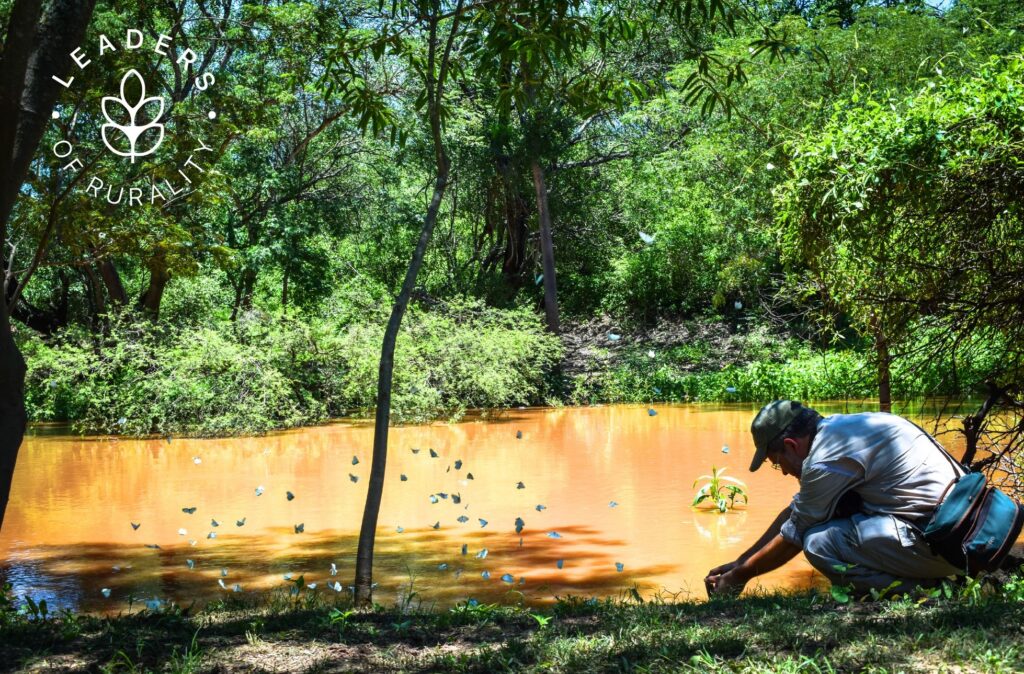
The naturalist expressed his admiration for producers who focus on free-range livestock farming, who respect the carrying capacity of their land, because they are conserving, even the soil.
In this effort, he acknowledges, “there are already many good people working silently, without cameras or media access—like the farmer who carefully tends the land, minimizing tillage, selecting local seeds that have proven more resilient and efficient than those produced far away, and encouraging his community to embrace organic farming, crop rotation, or mixed farming with trees and shrubs that protect the soil, enrich it with nutrients, and reduce reliance on synthetic fertilizers. This results in healthier crops.”
The naturalist also expressed admiration for “the livestock farmer who respects the carrying capacity of their land,” arguing that “such producers are also practicing conservation—even of the soil, the fundamental resource that sustains everything else.”
Always provocative, Claudio notes that people are often moved by campaigns to save jaguars, whales, or dolphins. “But when do we ever talk about soil? It barely evokes any emotion.” This, he insists, “can only be addressed by sharing knowledge through an education that extends beyond four walls—one that takes us outside the classroom, gets our hands in the dirt, makes us pick up a shovel, and see that soil is not just minerals but a living system full of organisms working every day to keep it fertile so we can put food on our plate.”
More information:
Institutional Communication Division.
comunicacion.institucional@iica.int

